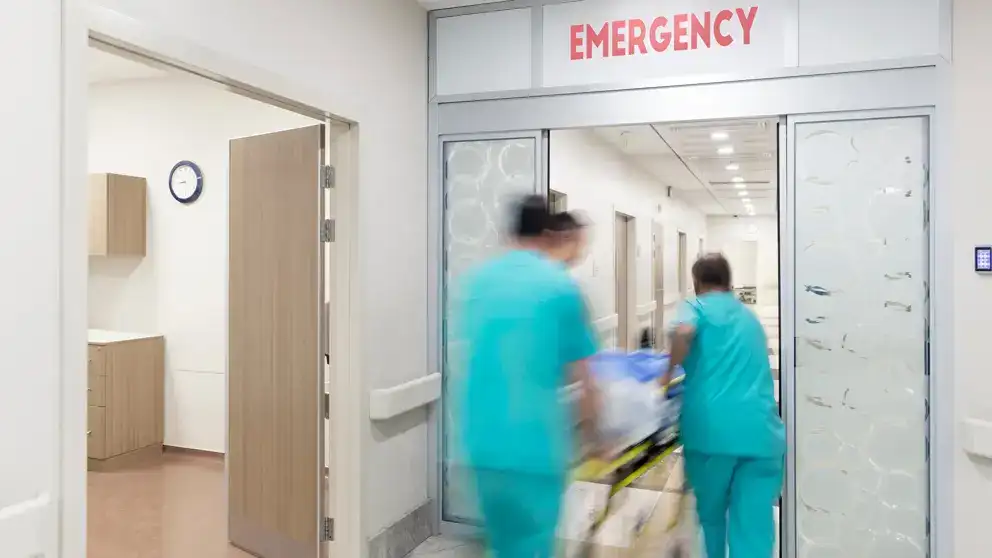New research has expanded the life-saving potential of a revolutionary treatment that reduces death and disability from major strokes.
The latest research findings show that the treatment, endovascular thrombectomy (EVT), can be effective in a highly select group of patients up to 24 hours after stroke symptoms first appear. The previous treatment window for this group was up to 12 hours.
“This change will result in a small number of additional people who can be treated and be left with much better outcomes,” says Dr. Patrice Lindsay, director of stroke at Heart & Stroke.
This longer time window could help patients in remote areas as well as those who may be delayed in getting to care, for example because they are alone or sleeping when they have a stroke.
Dr. Lindsay stresses that the faster treatment can be initiated, the better.
EVT saves lives
Most strokes are caused by a blockage or clot in a blood vessel in the brain. This is called an ischemic stroke. When blood flow to the brain is blocked, brain cells begin to die.
In EVT, a retrievable stent is used to physically remove large clots through the blood vessels. It is considered the gold standard for treatment of patients with major ischemic strokes.
Donna Sharman credits EVT with helping her make a strong recovery from stroke.
When Donna collapsed without warning in her kitchen one Saturday morning, her husband, Andy, called 9-1-1. At Foothills Medical Centre in Calgary, doctors quickly determined that Donna was having a major stroke. They recommended EVT, which was then being performed in clinical trials at the hospital.
“It saved my life, or at minimum prevented me from having a life with a major disability,” Donna says.
EVT’s effectiveness in reducing death and disability was first proven in 2015 research co-funded by Heart & Stroke donors. Delivering the treatment requires high-tech equipment and split-second coordination among hospital teams.
Donna Sharman with her husband, Andy
New potential, new challenges
The new 24-hour time window for EVT is part of an update to the Heart & Stroke Canadian Stroke Best Practice Recommendations (CSBPR), published in the International Journal of Stroke in July 2018.
“The research evidence shows more benefit than risk to patients who meet the criteria in the extended time window,” says Dr. Lindsay, who oversees CSBPR. “Now we have to figure out how to actually deliver that level of care to the people who need it.”
The process starts with paramedics, she explains, who currently screen patients for signs of stroke. If the signs are positive, they will need to add a second screening to assess the severity and decide where to transport the person.
This is why it is so important to call 9-1-1 or local emergency number and not drive the person with stroke to hospital yourself.
With the longer time window, many more people will need to undergo CT scanning, and specialists will need to read the scans to determine who could benefit from EVT treatment.
“That’s our biggest challenge,” Dr. Lindsay says. “It’s not so much about how many more people we’ll treat, but how many we’ll have to screen, in order to find the ones that can be treated.”
Speed matters
While the new findings will change practice, Dr. Lindsay stresses one thing that will not change: the urgency of acting fast when someone shows the signs of stroke.
“The longer you wait, the more of the brain you’re going to lose — up to 1.9 million brain cells per minute,” she says.
- Know the signs of stroke.
- Learn more about Heart & Stroke research.

